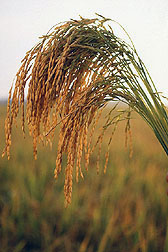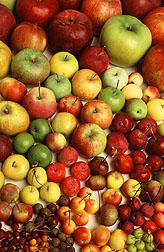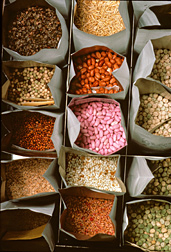|
Global food availability and security is based on intensive agricultural production. Over the past century, this intensification has relied heavily on producing crops with increasing genetic uniformity. Although these practices have benefits, they also include the risks of increasing the vulnerability of crops to pests, diseases, and environmental stress. Plant breeding and associated scientific research is essential to meet the ongoing challenges of producing plants for food, fiber, animal feeds, industrial and medicinal purposes, and for landscape and ornamental uses. It is important to collect and conserve living plant material, both to help solve immediate agricultural production problems as well as safeguard plant genetic diversity for future needs. This mission is more essential than ever because the loss of genetic diversity is accelerating with threats from many factors including global urbanization, habitat changes associated with climate, and changes in land use related to population growth and economic development. The U.S. National Plant Germplasm System (NPGS) is collaborative effort to safeguard the genetic diversity of agriculturally important plants. The NPGS is managed by the Agricultural Research Service (ARS), the in-house research agency of the United States Department of Agriculture (USDA). Funding for the NPGS comes primarily through appropriations from the U.S. Congress. However, the NPGS is a partnership between the public and private sectors. Many NPGS genebanks are located at state land-grant university sites, which contribute lab, office, greenhouse and field space for operations, as well as staff for technical and support services. The private sector is a major user of the NPGS collections and is the primary means by which new and improved plants are commercialized. The mission of the NPGS is to support agricultural production by:
|
|
Through these efforts, NPGS assists in improving the quality and productivity of crops. The GRIN database is managed by the Database Management Unit (DBMU), while the acquisition of plants is managed by the Plant Exchange Office (PEO).


